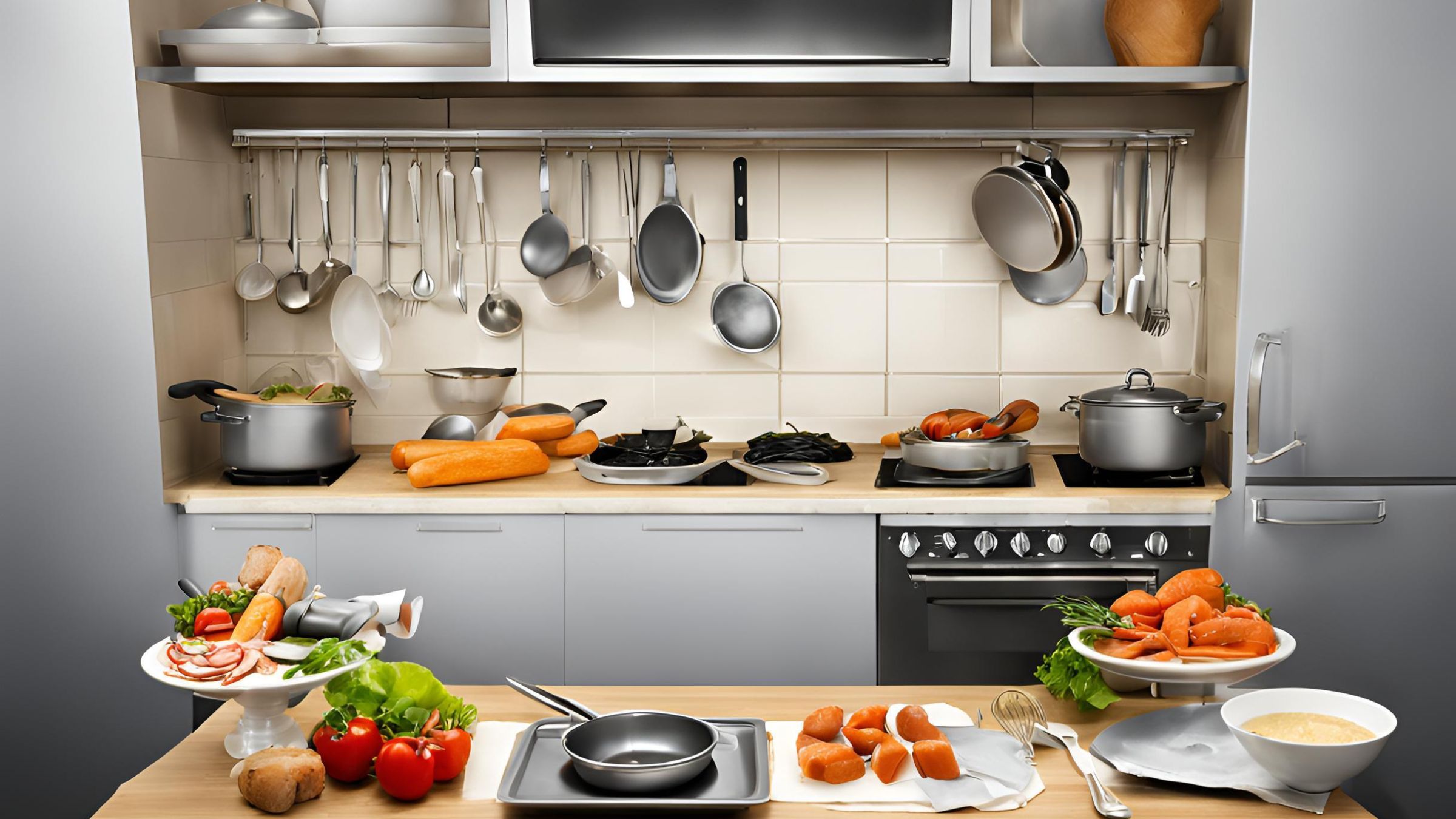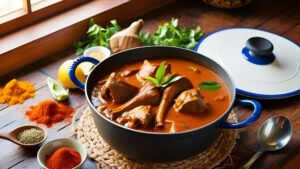How to Improve Your Cooking Skills in the Kitchen
General Tips
- Read the Recipe First: Before starting, read the entire recipe to understand the steps and ensure you have all the ingredients and tools.
- Prep Ingredients (Mise en Place): Chop, measure, and organize all ingredients before cooking. This saves time and prevents mistakes.
- Taste as You Go: Adjust seasoning and flavors throughout the cooking process.
- Keep Your Knives Sharp: A sharp knife is safer and makes prep work faster and more efficient.
- Use the Right Pan: Match the pan size to the amount of food you’re cooking to avoid overcrowding or uneven cooking.
Cooking Techniques
- Don’t Overcrowd the Pan: Overcrowding lowers the pan’s temperature, leading to steaming instead of searing.
- Season Generously: Salt and pepper are essential, but don’t forget other spices and herbs to enhance flavor.
- Let Meat Rest: After cooking, let meat rest for 5–10 minutes to allow juices to redistribute.
- Preheat Your Pan: Always heat your pan before adding oil or food for better searing and cooking.
- Deglaze the Pan: After sautéing, add wine, broth, or vinegar to lift flavorful bits stuck to the pan for a quick sauce.
Baking Tips
- Measure Accurately: Use a kitchen scale for precise measurements, especially in baking.
- Room Temperature Ingredients: Bring butter, eggs, and dairy to room temperature for better mixing and texture.
- Don’t Overmix: Overmixing batter can lead to tough baked goods. Mix just until ingredients are combined.
- Rotate Your Pans: For even baking, rotate pans halfway through the cooking time.
- Use Parchment Paper: Line baking sheets and pans for easy cleanup and to prevent sticking.
Flavor Enhancements
- Toast Spices: Toasting whole spices in a dry pan before grinding enhances their flavor.
- Acid Balance: Add a splash of lemon juice or vinegar to brighten up rich or heavy dishes.
- Layer Flavors: Build depth by adding ingredients at different stages (e.g., garlic early for sweetness, late for pungency).
- Use Fresh Herbs: Add delicate herbs like basil or cilantro at the end of cooking for maximum flavor.
- Save Pasta Water: The starchy water is great for thickening sauces.
Storage & Leftovers
- Cool Food Before Storing: Let food cool to room temperature before refrigerating to prevent condensation and sogginess.
- Label and Date: Label containers with the date to keep track of freshness.
- Repurpose Leftovers: Turn leftovers into new dishes (e.g., roasted veggies into soups or frittatas).
- Freeze in Portions: Freeze soups, sauces, and meals in single-serving sizes for easy reheating.
- Revive Stale Bread: Sprinkle water on stale bread and bake at 350°F (175°C) for 5–10 minutes to refresh it.
Kitchen Hacks
 Use a Microplane: Grate garlic, ginger, cheese, or citrus zest finely for better distribution.
Use a Microplane: Grate garlic, ginger, cheese, or citrus zest finely for better distribution.- Keep a Trash Bowl: Place a bowl on your counter for scraps to save trips to the trash can.
- Clean as You Go: Wash tools and tidy up while cooking to avoid a messy kitchen afterward.
- Use Kitchen Shears: They’re great for cutting herbs, trimming meat, or opening packages.
-
Invest in Quality Tools: A good chef’s knife, cutting board, and skillet can make a huge difference.
Share this content:





Post Comment